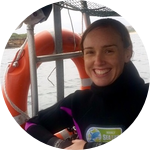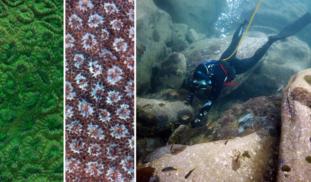Please wait...
About This Project
Sydney Harbour is a long way from the Great Barrier Reef but is surprisingly home to scleractinian (hard) corals. Despite the extreme environmental conditions (low temperatures, low light) corals thrive here. Extreme environments may become the ‘norm’ for reefs and act as refuge environments, as coral reefs are at risk from pollution and global warming. Understanding how the Harbour corals are thriving in Sydney could enable us to better predict the future of coral reefs.
More Lab Notes From This Project

Browse Other Projects on Experiment
Related Projects
How do polar bears stay healthy on the world's worst diet?
Polar bears survive almost entirely on seal fat. Yet unlike humans who eat high-fat diets, polar bears never...
Uncovering hidden insect diversity associated with a likely undescribed gall-forming midge
Does a likely undescribed species of gall-forming midge (pers. comm. Ray Gagné) on Eriodictyon plants (Yerba...
Macrofungi of the California archipelago
The eight islands of the California Archipelago are a well-studied biodiversity hotspot — but we know almost...




